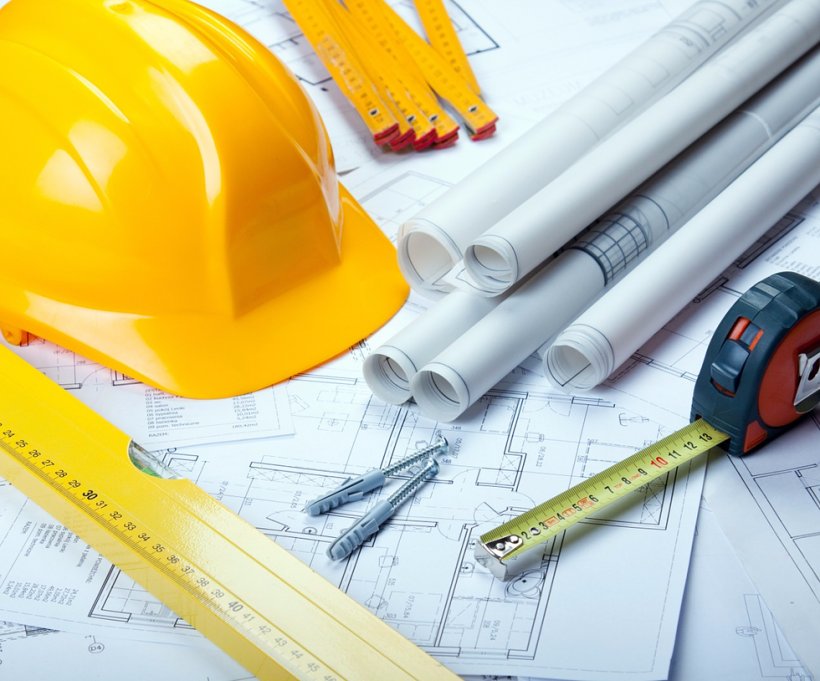Filing A Mechanic Lien In New York State
Both private and public projects can be subject to a Notice of Lien within the timeframes discussed in this document. During the course of the job or within eight months of the last execution of work or supply of material, liened private improvements may be obtained. The filing deadline is shortened to four months if the project involves the construction of a single-family house, and the lien must specify whether the property in question is a single-family home. If the affidavit of service of lien is correctly completed and submitted, the mechanical lien is valid for one year. It is one year from the date of filing with the County Clerk's office..
Within 30 days after filing the lien, the lienor must provide a copy of the Notice of Lien to the property owner, contractor, and/or subcontractor. The lienor must next submit an affidavit of service of the lien with the County Clerk within 35 days after the lien filing. The lien will be terminated if the affidavit of service is not filed within the specified time frame.
As long as a suitable action to foreclose the lien is started and a Lis Pendens is filed with the County Clerk within the year, the lien will remain in force. Notice of Pendency must be filed and renewed every three years, otherwise the lien will expire.
A lien, other than one on a single family home, can be extended for a year if no foreclosure action has been brought against it by submitting an affidavit of extension of lien with the county clerk's office where the lien was initially filed if no action has been brought. The lien will expire after one year unless it is renewed by a judge or justice of a court of record for an additional year and then for two consecutive years by court order. A lien extension is unnecessary if a foreclosure action has been started.
There can be no more than two consecutive one-year extensions of a single-family home's lien on its real property, and no more than one year of each extension can be granted.
It is important to note that a public lien is distinct from a private lien. Rather than encumbering public property, a lien on public improvement only affects the amounts still owed under a contract to enhance public property. As a result, if all monies have been spent, the lien is null and void.
The Comptroller of the state or financial officer of the public corporation or other person tasked with the custody and disbursement of the public money of the specific project must be notified when filing a Public Improvement Lien in New York. There must be a contemporaneous or five-day-preceding affidavit of service on the contractor, subcontractor, or legal agent, as well as mandatory service of the Notice of Lien. The lien is invalidated if the affidavit of service is not filed.
Prior to the public project's completion and approval, as well as within 30 days following that date, a Public Improvement Lien may be filed. It is important to remember that the filing time limit period is not determined by the last furnishment of labor or material, but rather the project's completion and acceptance.
An annual Public Improvement Lien is in effect. There is no need for an extension if an action to foreclose the lien is brought during that period and a Notice of Pendency is filed. Notice of Pendency must be filed before the lien expires, otherwise it will be voided. The lien extension form must be submitted with the same parties who received the first lien within that year. By a Court Order, a Public Improvement Lien can be prolonged for a year and then for two consecutive years.
The Notice of Lien and affidavit of service must be filed within the timeframes outlined above for the lien to survive. To make sure you have enough money to pay off the lien, file the lien early on the project, whether it's a public or private one.
The construction attorneys at Kushnick Pallaci regularly prepare and file public improvement liens.
Kushnick Pallaci PLLC
445 NY-110 #124
Melville, NY 11747
(631) 752-7100

